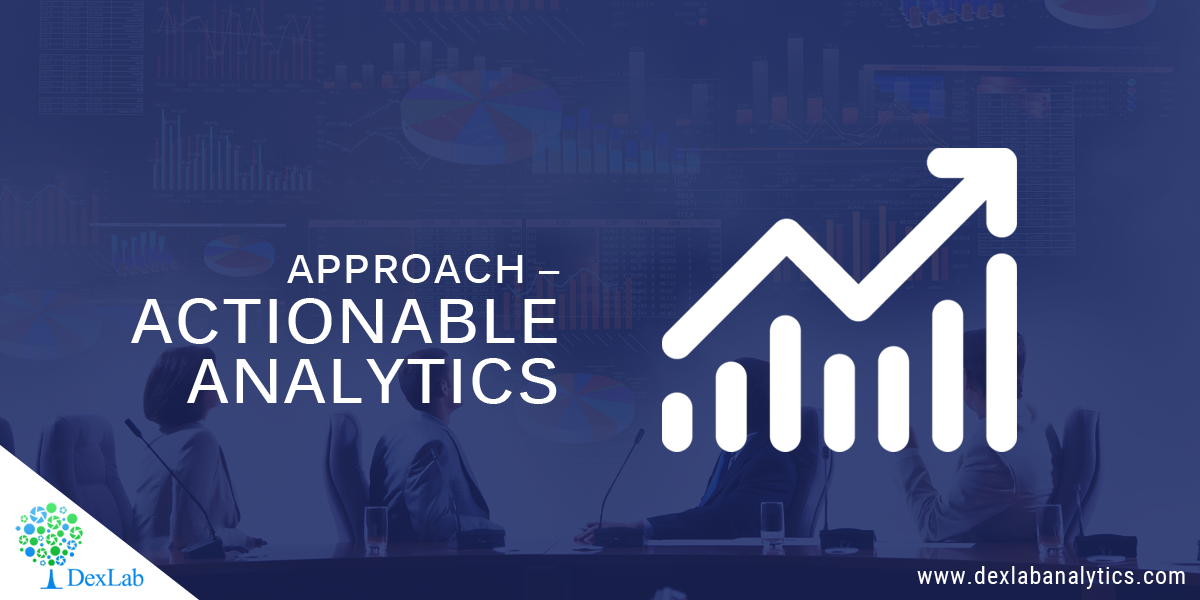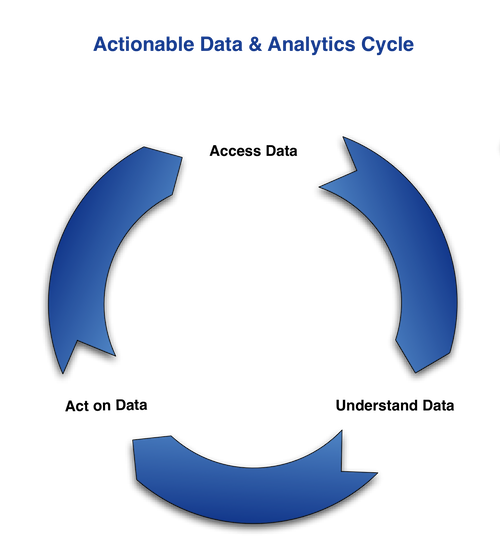In this blog post, we will discuss on the approach we can follow to provide an actionable analytics. Doing actionable analytics is not easier said than done. It requires a focused analytical process. Here we will outline the three important phase or levers that can improve the process of delivering actionable analytics. The three phases can help you to improve the financial aspects of the business by doing actionable analytics.
- Discover
- Explore
- Engage
For example, if we are delivering actionable analytics for the marketing function. In each phase we will identify some critical characteristics or parameters that are going to influence the financial value directly or indirectly.
Discover – Customer Segmentation, Classification and Marketing Channel.
Explore – Cross Sell, Up Sell, Reduce number of profitable customers.
Engage – Customer Value Management, Life Time Value, Retention and Profitability.
In the Discover phase, the goal is to be able to identify the customer segments that have high engagement with the business and the marketing channels that are driving the most highly engaged customers to the business. Customer segmentation is more critical to gain knowledge about the customer segments. Higher the time spent in the discovery phase to identify the customer segments higher the effectiveness of the results in the next phase.
In the Explore phase, the goal is to make use of the knowledge that we have gained about the customer segments and marketing channel. We will make use of the knowledge to further amplify the monetary value by exploring the options such as cross sell and up sell opportunities. In the explore phase we have got to make sure that we approach cross sell and up sell opportunities to the customers who are more likely to respond to the campaigns.
In the Engage phase, this is the most critical phase as most of the strategic level analysis shall be done to engage with the customers to maintain the profitability for the business. This is the phase where most advanced level of modelling process is required.
“Customer value management (CVM) is a process that refines and leverages the benefits of customer relationship management. It encompasses customer identification, contact management, campaign management, advanced data modeling and customer scoring” Customer Value management shall be the high level strategic objective for any business to focus on.
The first phase is more of descriptive in nature and the other two phases are highly inferential in nature where advanced and predictive modelling techniques are applied to derive knowledge.
The above mentioned three phases are relative to each other to provide actionable analytics. Context and relevance are two important parameters one should remember while doing the analysis on each phase. Analyst must be able to interlink between all three phase so that results are inevitable. If each phase is executed in a meticulous manner, the results will be highly significant.
Peruse through the Business Analytics certification module of DexLab Analytics to know about this topic in more detail.
Interested in a career in Data Analyst?
To learn more about Machine Learning Using Python and Spark – click here.
To learn more about Data Analyst with Advanced excel course – click here.
To learn more about Data Analyst with SAS Course – click here.
To learn more about Data Analyst with R Course – click here.
To learn more about Big Data Course – click here.




Comments are closed here.